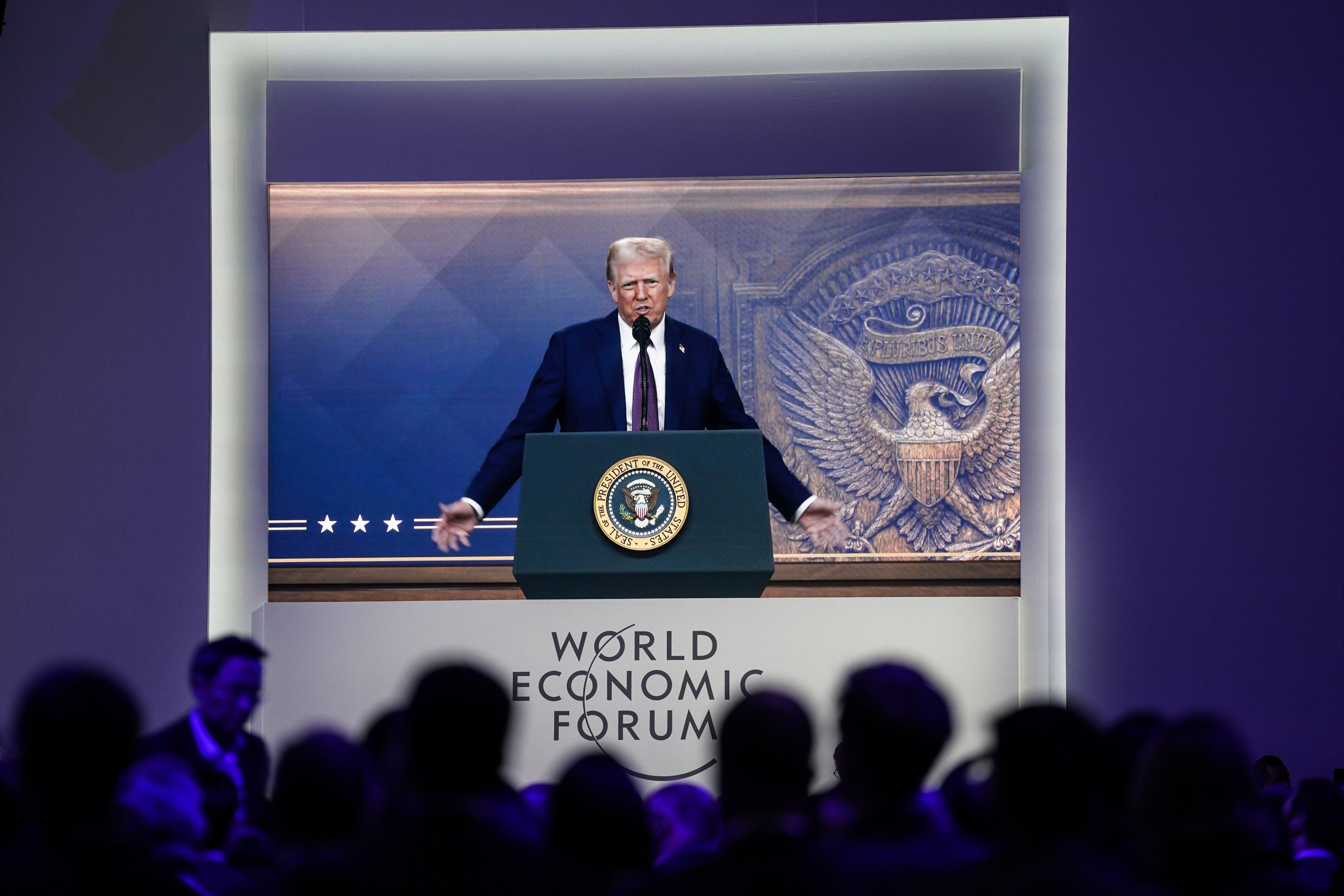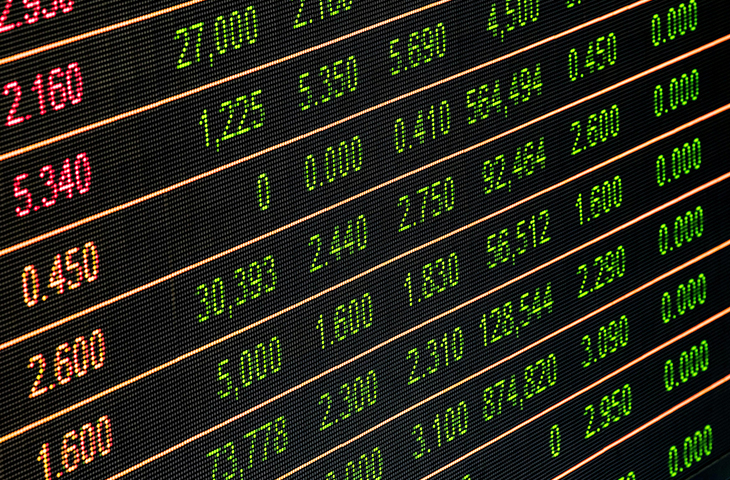China+10: How Multinationals Are Revamping Their Supply Chains For Trump 2.0

After US President Donald Trump launched a trade war against Beijing during his first term in office, many multinationals adopted a “China+1” strategy as they attempted to navigate a turbulent new environment.
The idea was to shift parts of their supply chains away from China’s factory hubs and into new investment hotspots such as Vietnam and Mexico, so they could mitigate the impact of US tariffs directed at Chinese imports.
Now, some businesses are realising they will need to rethink their strategies once again to cope with an even bolder second Trump administration.
Since returning to office, the US president has already announced plans to slap 25 per cent tariffs on Mexico and Canada and hike duties on Chinese goods by 10 per cent.
Though the US has since agreed deals with its North American neighbours to avoid a tit-for-tat tariff war – for now, at least – the moves have heightened anxieties among multinationals and their suppliers.
With many investors worried the US will take further measures against markets it suspects of acting as transshipment hubs for Chinese goods, some are looking to diversify into a range of new markets – from India to South Africa.
Dan Digre, the CEO of Minnesota-based speaker manufacturer Misco Speakers, said his company had survived the whirlpool of tariffs over the past few years by diversifying as much as possible.
“We’re shipping a lot of things into Korea, Taiwan and Mexico, so that they can be transformed and imported into America without tariffs,” Digre said.
Digre said he felt that Korea, Taiwan and Thailand were probably “safe” from US tariffs, but Trump’s threats to launch a trade war with Mexico were a cause for concern.
“If those countries have tariffs applied – Mexico is on the list – and then of course the other side [may respond with] retaliatory tariffs, then we have problems in both directions,” he said.
Since the US-China trade war began in 2018, Southeast Asia has become one of the biggest beneficiaries of the “China+1” trend, as multinational manufacturers looked to shift production outside China to avoid US tariffs.
Vietnam was a particularly popular choice due to its low labour costs, relatively good infrastructure and proximity to China. But analysts said the country was now at high risk of finding itself in the US’ crosshairs.
Trump threatened to place tariffs on the Southeast Asian nation last year, but has yet to take action since returning to the White House.
William Alan Reinsch, who holds the Scholl Chair in International Business at the Washington-based Center for Strategic and International Studies, said the “Vietnamese should be worried” because the US has a larger trade deficit with Vietnam than it does with most other countries in the region.
“Vietnam wouldn’t be the country of choice any more” if its US-bound exports were taxed, he added.
Lili He, a Zhejiang-based business consultant that advises manufacturers in eastern China on international trade, said manufacturers would need to adapt to tighter US customs checks in the future.
However, He added it was possible the US may simply apply a 20 per cent tariff on products from some Southeast Asian countries, as that would be “an effective way” to deter transshipment of Chinese goods.
Traceability is getting more important to many buyers who need to trace the origin of every tier in the manufacturing process, in order to get through the US customs
Poland and India stand out as alternative destinations for manufacturers looking to avoid US tariffs, Reinsch said, although India would need to “turn a policy corner” to make business easier for foreigners.
US-based materials science firm Cocona is considering whether to hire its first full-time employee in India, the company’s CEO Jeff Bowman said.
One of Cocona’s major American clients is now looking at India “much more aggressively than they would have a couple of years ago,” said Bowman, whose 20-employee firm sells sweat-drying additive for yarn.
Poland has the advantage of being a member of the European Union with relatively low costs and an educated workforce, according to Reinsch.
But he forecast that Southeast Asian countries would remain “the best alternatives”. Indonesia has critical minerals of value to the US, he noted, and the Trump administration might also consider making a deal with the Philippines due to its abundant natural resources.
Meanwhile, exporters are already adapting to a “new normal” of tighter US customs checks, said Terry Ting, managing director of textile manufacturer Wilson Group.
“Traceability is getting more important to many buyers who need to trace the origin of every tier in the manufacturing process, in order to get through the US customs,” he added.
Africa may become another alternative for manufacturers, according to Djoudie Etoundi-Essomba CEO and founder of business consultancy Emerging Africa Partners, though he cautioned the US was likely to increase its focus on combatting illegal migration, the drugs and weapons trade, and illicit financial flows.
“I expect African manufacturers to react to the onset of the new US tariff regime by connecting with Europe as a market and a hub for export, connecting with other African markets for the same, and [pushing] greater integration with Chinese supply chains,” he noted.


